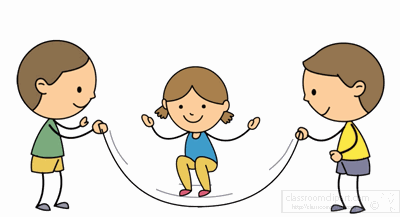Nowadays, technology in the English classroom is becoming more predominant. Educators have recognized the immediate power of technological tools and are implementing them more often in different subjects. It is clear that using computers, tablets, and smartphones has multiple benefits when learning and teaching a foreign language. However, how can we implement technology in a cooperative learning context?
According to Johnson and Johnson (1989), cooperative learning follows the theory of social interdependence. This theory states that there are two types of interdependency; cooperative and competitive. As the objective of Cooperative Learning is to work together in order to achieve common goals, cooperative interdependence must be the most important type of social interdependency that we want to achieve when including technology in our classrooms.
Although there is evidence that favors face-to-face interaction as more effective than online interaction (p.2), technology may be uncountable advantages in the cooperative classroom. Johnson and Johnson (2014) manifest that technology may expand communication, enhance the learning of basic skills, change the nature of multimedia projects, and involve students in simulations. Bearing this previous statement into account, the authors describe several ways in which technology may be implemented in the cooperative learning classroom.
Cooperative writing: Johnson and Johnson (2014) assert that technology facilitates the improvement of writing skills. Moreover, by using webs as Google Docs, students are able to work together as coauthors, commenting, editing, and discussing their texts. Another website you can use to promote cooperative writing is Storybird. In this web, your students can invite a collaborator to add new pages to their stories.
Cooperative reading: You can also make use of Storybird to enhance your students’ reading abilities. You can either use your stories for them to cooperatively read and comment or they can write and share, commenting on their partners’ texts. Johnson and Johnson (2014) establish that electronic devices as Kindle, allow learners of a cooperative group to share with each other passages, make notes for the other members, etc.
 Reflecting on discussion: As the authors mention, technology is able to enrich discussions. You can use social media like Facebook, Twitter, YouTube, etc., in order to reflect on a class discussion or add information to it. Students can interchange ideas and create discussions in the Voicethread platform. This platform allows you to create a thread of comments that can be made in several formats like video, voice recording, and text.
Reflecting on discussion: As the authors mention, technology is able to enrich discussions. You can use social media like Facebook, Twitter, YouTube, etc., in order to reflect on a class discussion or add information to it. Students can interchange ideas and create discussions in the Voicethread platform. This platform allows you to create a thread of comments that can be made in several formats like video, voice recording, and text.
Creating a website: Cooperative groups can work together in the creation of their own website. In these sites, students can portray their goals and purposes as a group, reflecting on their progress. Johnson and Johnson (2014) explain that adding portfolios of the best work of every member may increase positive interdependency in the group.
These previous ways of using technology in a Cooperative Learning classroom are just some ideas for you to implement in your classes. In addition, the authors exemplify other strategies and ways of using technology in multimedia projects, reports, communication and collaboration software, etc. If you want to know more about it visit the following link:
Johnson & Johnson (2014) Using technology to revolutionize cooperative learning: an opinion: https://www.ncbi.nlm.nih.gov/pmc/articles/PMC4195269/








